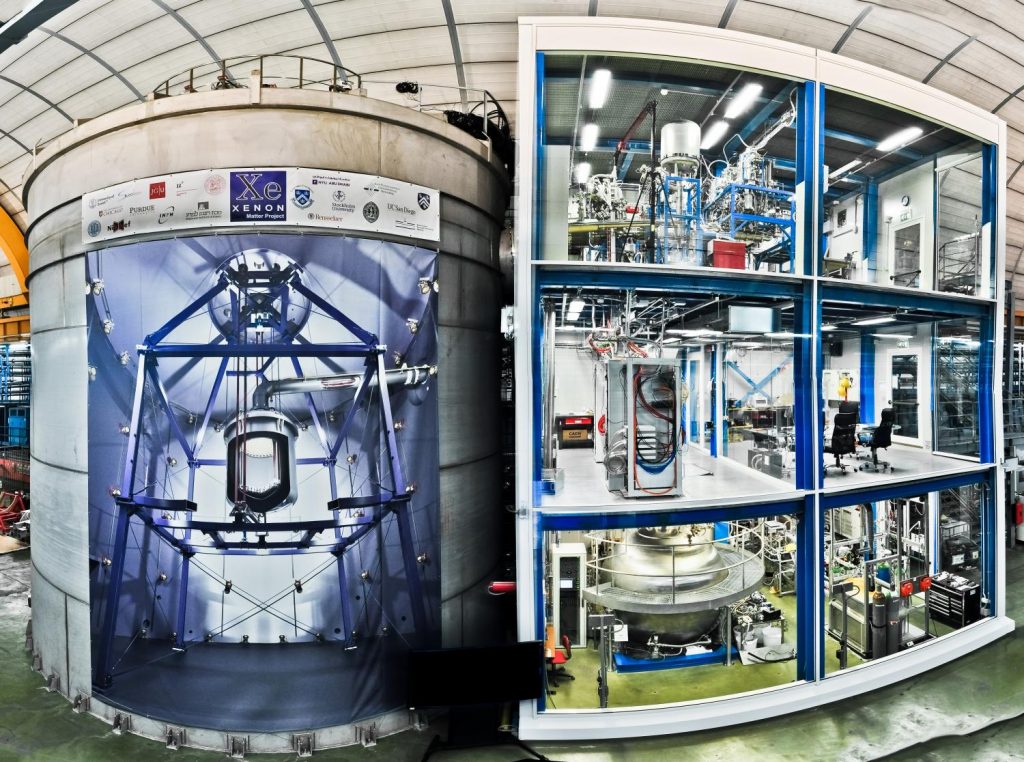After one year of speculation and guessing the strange signal picked up by an experimental dark matter detector, scientists at Cambridge have finally proposed an answer that none of us were expecting. The experiment may have detected dark energy which is the mysterious force accelerating the expansion of our very own universe. *shudders*
When it comes to our surroundings, everything we see is made up of matter. From plants to planets, people to galaxies, stones to stars contain some form of matter. But this only accounts for 15% of the total matter in the universe. The remaining 85% of matter, which we know very little about except the fact that it has a very overwhelming name, is known as dark matter. Don’t worry, the dark in its name is not because of its sinister properties (we’re not sure about that yet), it’s simply because this matter doesn’t absorb, refract or reflect light, hence making it invisible to our eyes.

To study the effects of dark matter, scientists have made use of different types of equipment. XENON1T is one example, which was used in Italy between 2016 and 2018. The experiment consisted of using a big tank full of liquid xenon which was kept deep underground. If a dark matter particle zipped through the tank, it would excite the xenon atoms and they would produce a flash of light and free electrons which would be detected by sensors.

Last year, scientists were able to detect a particle that they thought at that time to be a solar axion which is produced by the Sun. But after further investigation, the team at Cambridge proposed a different theory; a force carrier particle for dark energy. These particles are predicted to have different masses and influence based on the matter around them which is the reason why their force is less on Earth with more matter, compared to space, where the particles’ mass is low but the force is much higher. This might explain the behavior of XENON1T and the signal it produced the first time. “It was really surprising that this excess could in principle have been caused by dark energy rather than dark matter,” said Dr. Sunny Vagnozzi, first author of the study.


